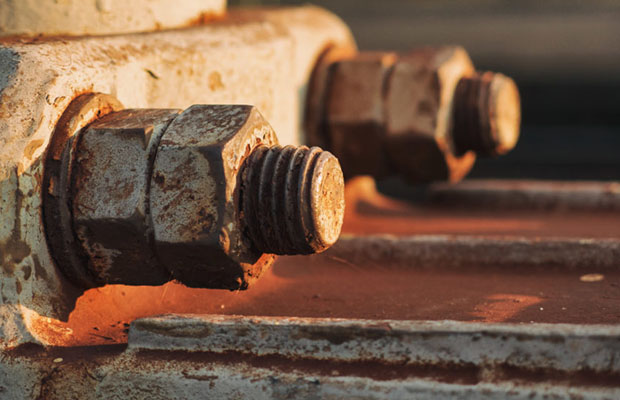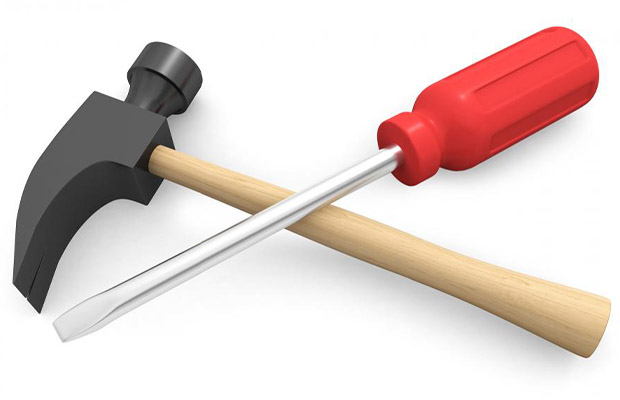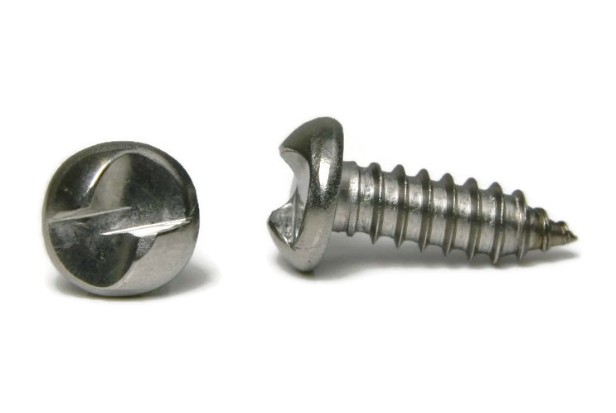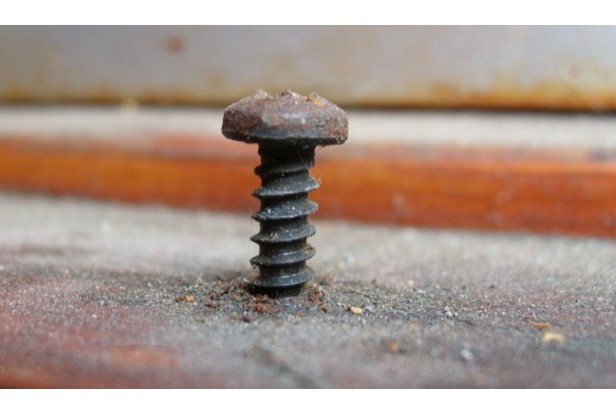
Rusted screws are an inevitable part of fixing old things. As long as you keep the right tools and supplies on hand and don’t lose your cool, you can undo even the most stubborn fasteners
How to remove rusted screws? Put on safety gear while removing rusted screws, especially when using hammers or blow torches. To remove a rusted screw, use a rust penetrant and a hammer. If all else fails, heat with a blow torch, cooling once it smokes with cold water to loosen it enough to use a screwdriver for removal.
You can find instructions for removing those difficult screws below. Keep reading!
Other Posts You Might Like: How To Remove A Screw With No Head?
Table of Contents
How To Remove Rusted Screws?
1. Use A Hammer And Screwdriver To Remove A Rusted Screw
- Put on gloves to protect your hands in case you fall, as well as goggles and a surgical mask in case of any rust shards or particles that may come loose during this process.
- With a metal hammer, tap the screw 2 to 3 times. This will cause the screw to become stuck by rupturing the rust seal.
- Apply rust penetrant by spraying. This will lubricate the screw, soak up any rust, and help to loosen it.
- Give the screw and the vicinity of the screw a few more taps with the hammer.
- You should now be able to remove the screw using the screwdriver, making sure it is the correct one for the screw type.
- Use a gripping paste to hold your screwdriver in place if it is still stuck. For items like these, always abide by the manufacturer’s instructions.

2. Removing Rusted Bolts And Screws With Heat
- To clean the screw, apply a degreaser with a water base.
- You don’t want anything flammable to suddenly burst into flames, so make sure the area is thoroughly cleaned.
- Leather gloves are recommended, and a fire extinguisher should be kept nearby.
- Use a blow torch to heat the screw until it starts to smoke.
- At this point, add cold water right away.
- 3 more times of this heating and cooling are necessary. The screw expands and contracts in response to heat and cold, and their combined effects contribute to the screw becoming loose.
- Use a screwdriver to remove the screw after making sure it is cool enough to touch after this procedure.
3. Removing Rusted Bolts And Screws With Impact Driver
- Using a manual impact driver, you can twist the bit deeper into the screw head while still receiving the same hammer blows. That means it raises your chances of a successful removal while decreasing the likelihood of stripping the screw head. If the first option above didn’t work, we only advise using the impact driver.
- Gloves and eye protection are recommended. Rush particles in your eyes or hands are the last thing you want.
- A bit that fits the screw head snugly should be selected, and the manual impact driver should be set to rotate counterclockwise.
- Put the bit in the screw, hold the tool in one hand, and whack the impact tool with your hammer.
- Continue until the screw comes loose.
Your only real option is to cut a slot in the head of the rusted screw if it still won’t move or starts to strip the head.
When All Methods Fails, Cut It Out
Even when lubrication is used, screws can occasionally become so heavily rusted that removal is nearly impossible. It might be time to try to stop if all other options have failed. Use great force to snap the screw off if the screw has a head that can hold a clamp. You might finally succeed in removing the screw in this manner.
Additionally, if the screw’s head is so corroded or damaged that a screwdriver or a pair of pliers isn’t an option, you might opt for this technique. To free the stuck screw, use a set of screw extractors. Drill the screw head slowly with a cobalt drill bit. To start drilling into the tiny hole you made with the cobalt bit, swap the bit for a screw extractor bit, set your drill to reverse, and drill away.
Your screw extractor might have two ends so it can work as a screw extractor and a pilot hole maker. If so, you might only need the screw extractor bit. However, you might require a more robust drill bit to make your hole if you’re removing heavier, more durable bolts. Take your time when using a screw extractor to remove a screw because you need to give the bit a chance to grab onto the sides of the hole you made.
Related Reading: How to Cut a Screw?
Key Safety Precautions
It’s critical to take certain important safety precautions when removing rusted bolts and screws.
- Always put on protective gear. To avoid breathing in rust particles if they come loose while you remove the screw, you should wear gloves, eye protection, and a surgical mask.
- Utilizing powerful rust removal products requires caution. Work in a space that is well-ventilated and always adheres to the manufacturer’s instructions.
- Wear leather gloves and make sure a fire extinguisher is nearby in case of an emergency if you’re using heat to remove the rusted screw.
- The area where you are working to remove the screw should be kept completely clear of children and pets.


